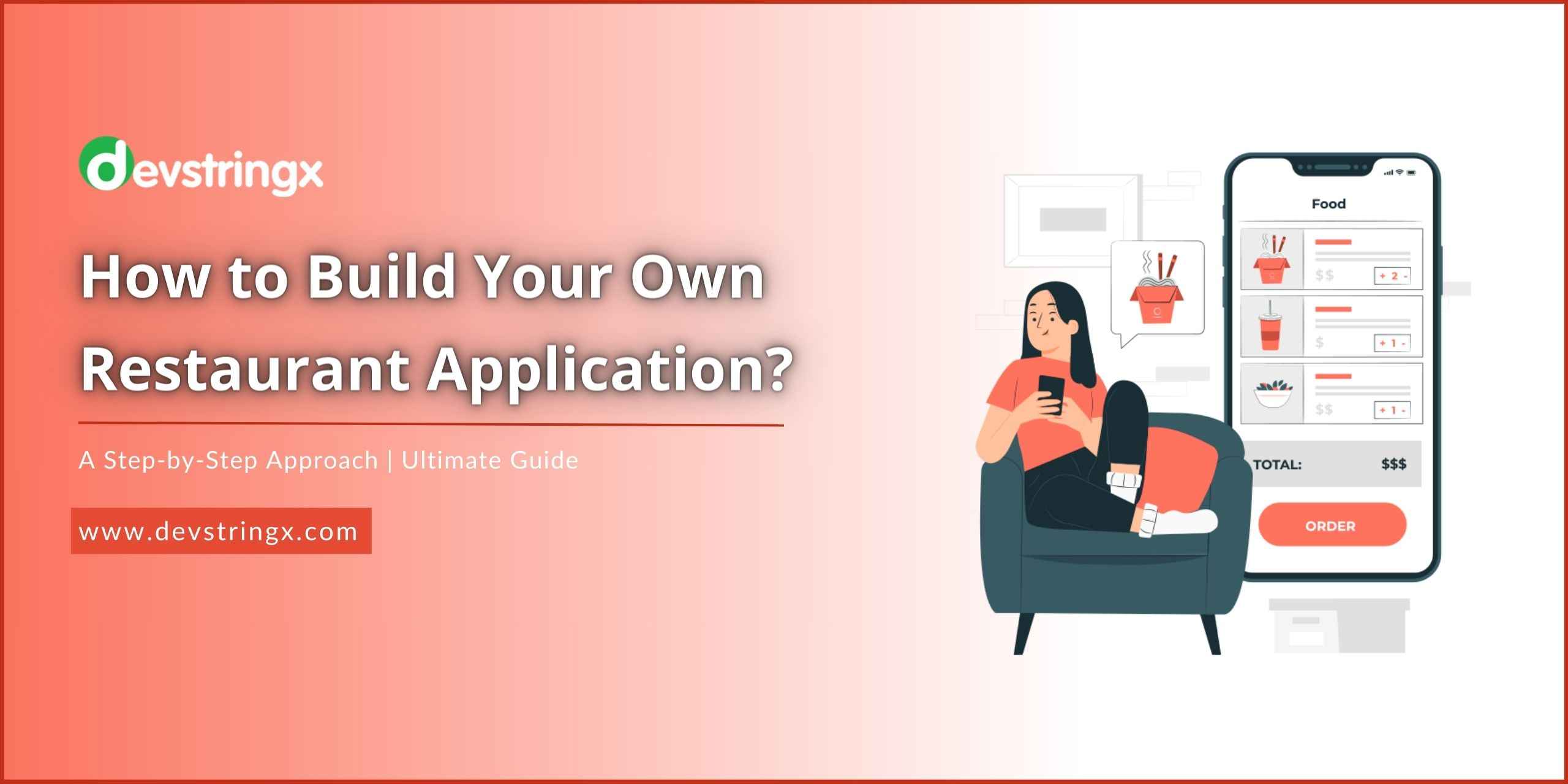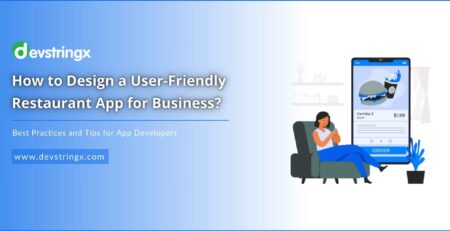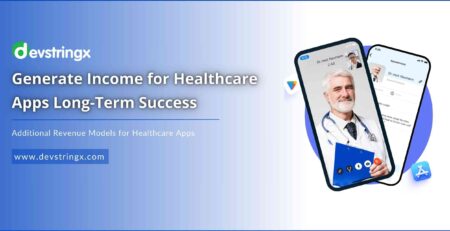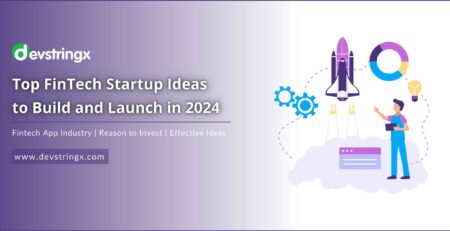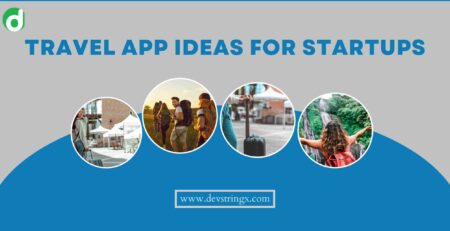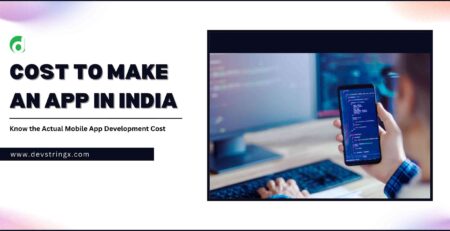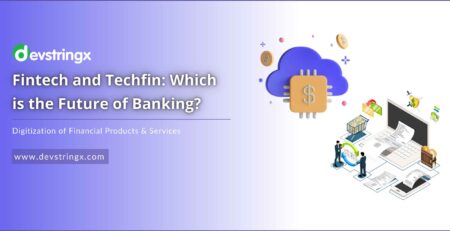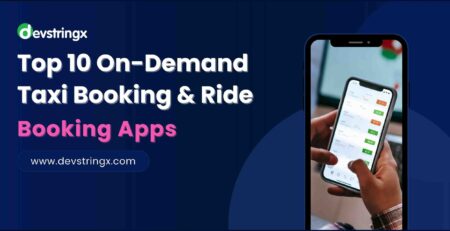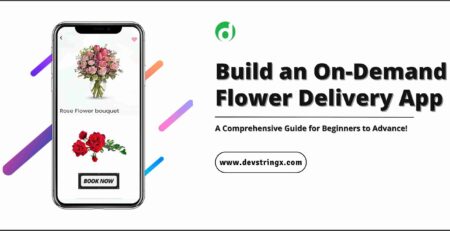The Ultimate Guide to Restaurant App Development: A Step-by-Step Approach
How to Develop a Restaurant App?
The restaurant industry has undergone a transformational shift, transitioning from traditional face-to-face interactions to a blend of online and offline experiences. The foundation of this transformation is restaurant apps, a solution that complements the dining experience. Whether it is for making reservations, placing orders, managing loyalty programs, or a combination of these features, a strategically designed app can significantly enhance customer engagement and operational efficiency.
1) Conceptualizing Your App
The initial step in app development goes beyond coding; it revolves around envisioning your goals. Since you are creating an experience that mirrors the dining experiences provided by your establishment, you need to consider the following points:
a) Purpose
Define whether you aim to streamline reservation processes, offer contactless in-house dining experiences, facilitate takeout and delivery services, or perhaps a combination thereof. Your objectives will determine the features and shape the entire development process.
b) Audience Analysis
Gain an understanding of your customer’s behavior patterns. For instance, millennials may prefer efficient ordering processes, while other demographic groups may prioritize menu descriptions accompanied by high-quality images. Conducting customer surveys can offer insights into their preferences.
c) Competitor Analysis
Download and explore competitors’ apps to gain inspiration and learn from their approaches. To enhance your application, it is significant to identify any areas where your services and user experience may be lacking and make improvements in those areas.
2) Technology Stack Decisions
When it comes to restaurant app development, it is crucial to understand the technology foundations that will drive the functionality and success of your application. Making decisions about the technology stack is essential as it impacts the development stage and determines how well your app can adapt to future scalability challenges and growing demands. Each element of your technology stack is crucial in ensuring performance, security, and user experience.
a) Front-End Development
The front-end development of your restaurant app serves as the representation of your brand’s presence. It is responsible for providing an interface through which customers interact with your app, making its design and responsiveness crucial for user satisfaction.
Traditionally, developing for both iOS and Android platforms required developments that could be resource-intensive. However, advancements like React Native and Flutter have transformed this space by enabling platform development using a single codebase.
These technologies create a uniform user experience across different device platforms, saving time and resources. In addition, the front end must be highly responsive. Since customers will inevitably use diverse devices, the app must maintain a consistent appearance and functionality across all of them. By implementing a responsive design, you ensure that whether your customer is using a tablet in landscape mode or a phone in portrait mode, they will have a satisfying experience. This adaptive design approach involves coding and thorough testing to ensure compatibility, reflecting the professional values upheld by your restaurant in its services.
b) Backend Development
Often overlooked but essential, the backend serves as the engine room of your app. It houses the core functionalities such as user data management, authentication, and database communication, ensuring data delivery to the right users at the right time. Given the real-time demands of a restaurant application, your backend must be robust, secure, and highly reliable.
Programming languages and frameworks like Python with Django and Node.js with Express are renowned for their efficiency, extensive libraries, and strong community support. For example, Node.js is highly skilled at managing connections in real-time, which is ideal for a situation where numerous users may be accessing or modifying reservations or placing orders at the same time.
Additionally, it is crucial to develop your backend with scalability in mind. As your service expands, you might encounter millions of transactions being processed by your application. Therefore, it’s essential to design appropriate infrastructure to handle this level of demand without compromising on speed or security. It ensures that your digital services align with the reliability associated with your restaurant.
c) DataBase
The database is significant as it stores information such as user profiles, menu items, order histories, and payment details. Hence, its reliability, efficiency, and security are of utmost importance.
Databases like MongoDB are popular due to their non-relational nature, as they offer flexibility in handling diverse forms of data that your application will encounter. They are especially beneficial for managing datasets and provide scalability to accommodate a growing customer base. Decisions made regarding the database also impact the execution of real-time operations, such as updating order statuses, reflecting menu changes, or adjusting prices.
d) Cloud Hosting
Cloud services, such as AWS, Google Cloud, and Microsoft Azure are significant as they provide the flexibility required to handle fluctuations in demand. Unlike traditional hosting methods, cloud hosting allows for scaling up or down computing resources based on the needs. It ensures performance during peak hours, ensuring cost savings during off-peak periods.
These platforms offer advantages like automated software updates, advanced security protocols, data recovery mechanisms, and compliance measures, ensuring that user data is protected, including sensitive information like payment details.
e) APIs and Integrations
APIs and integrations are essential for app development as integrating within existing services and platforms improves functionality and enhances user convenience. It can range from integrating with social media platforms for login and sharing capabilities to integrating with payment gateways for transaction processing.
Each integration should be seamless and secure and should not disrupt the user experience. For example, integrating with third-party delivery services like Uber Eats or Grubhub can expand your reach. It requires a backend integration to ensure that orders, availability status, and pricing remain consistently synchronized.
Secure payment processing relies on gateways such as Stripe or PayPal. Implementing these demands coding practices along with testing to maintain high security and compliance standards. In addition, incorporating APIs enables features like push notifications, real-time delivery tracking using GPS, and AI-powered personalized recommendations. It can enhance the user experience by transforming your app into an interactive platform that engages users.
3) Crafting a User Experience and Interface (UX/UI)
The design of your app serves as a vital link between your services and your customers. An intuitive and visually appealing app can significantly boost customer satisfaction.
a) UX Design
It involves putting yourself in the shoes of a first-time user and envisioning how they would navigate through your app. Creating wireframes can help visualize and streamline the app structure, making it easier for users to place orders or make reservations with minimal interactions.
b) UI Design
The app’s appearance should reflect the voice and aesthetic of your brand. It goes beyond colors and logos; it’s about leveraging psychology to create an inviting and captivating environment. It might involve implementing color schemes utilizing high-resolution images or even providing reality experiences to offer sneak peeks at various dishes.
c) Accessibility
Your app must be accessible to all individuals, including those with disabilities. It means ensuring color contrast for readability, supporting screen readers for impaired users, and facilitating easy navigation for everyone.
Testing and receiving feedback are aspects of the design process.
Beta versions and focus groups are incredibly valuable in gathering insights and refining the design of the UX and UI.
4) The Development Phase
The coding process is collaborative and iterative, involving communication among developers, designers, and potential stakeholders.
a) Agile Methodology
This approach prioritizes planning, early delivery, and continuous improvement. It encourages flexibility in responding to changes that may arise.
b) Version Control
Services like GitHub are ideal for tracking changes and facilitating collaboration. They play a role in organizing code, especially when multiple developers are involved.
c) Quality Assurance
Regular code reviews and tests, such as functional, stress, and usability are essential. These measures help identify bugs and ensure that the app functions as intended across devices and operating systems.
5) Launch Strategy
The app launch is a phase that demands strategic planning beyond simply making it available on app stores; it’s about generating excitement.
a) Pre-launch Marketing
Utilize social media platforms and email newsletters, along with marketing strategies. Create teaser posts and share behind-the-scenes content to build anticipation. Additionally, consider offering bird specials to entice users.
b) Launch Event
Organizing a launch event can be effective in showcasing your app’s capabilities. Invite influencers from industries and members of the press as loyal customers. During the event, incorporate demonstrations of your app’s features along with Q&A sessions to engage attendees further. Offering promotions or discounts during this time can also increase enthusiasm and participation.
c) App Store Optimization (ASO)
It is similar to SEO for websites. It involves optimizing your app’s listing by using keywords, appealing visuals, and persuasive descriptions to improve its ranking in search results within the app store.
6) Adaptation
Once your app is launched, it’s crucial to stay vigilant. Collecting data, understanding user behavior, and making adjustments can significantly influence the success of your app.
a) User Feedback
It’s important to monitor reviews and ratings on app stores and respond professionally to any feedback. Show a commitment to resolving issues raised by users.
b) Analytics
Tools like Google Analytics for Firebase or Flurry Analytics can provide insights into how your app performs user engagement levels and retention rates.
c) Regular Updates
Technology advancements and evolving user expectations require updates. Enhancing features and fixing bugs are influential in maintaining relevance and ensuring performance.
d) Marketing
Your app should be treated as an entity. Consider promotions, loyalty programs, and personalized marketing campaigns tailored to user preferences based on gathered data to keep users engaged with your app.
Conclusion
Developing a restaurant app is an elaborate journey that combines technology with customer service. It’s not only about having a presence but also about extending the warmth, efficiency, and unique qualities of your restaurant onto a platform that customers can access conveniently.
This thorough process requires expertise in understanding the user’s experience, strategic marketing, and a flexible long-term perspective. By prioritizing customer needs, staying updated on technology trends, and considering feedback as a chance for improvement, your restaurant application can drive growth and build customer loyalty. It’s important to remember that in a market saturated with applications, your commitment to providing value and genuine connections can help you stand out from the crowd.
Contact us today to discuss how our restaurant app development services can transform your business and give you a competitive edge. Let’s build an app that brings your culinary vision to life and keeps your customers coming back for more.

